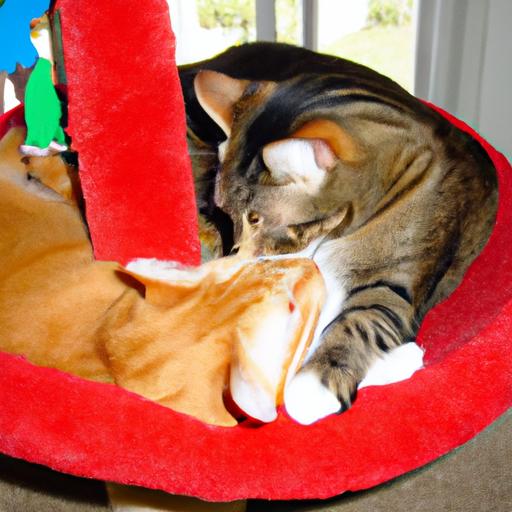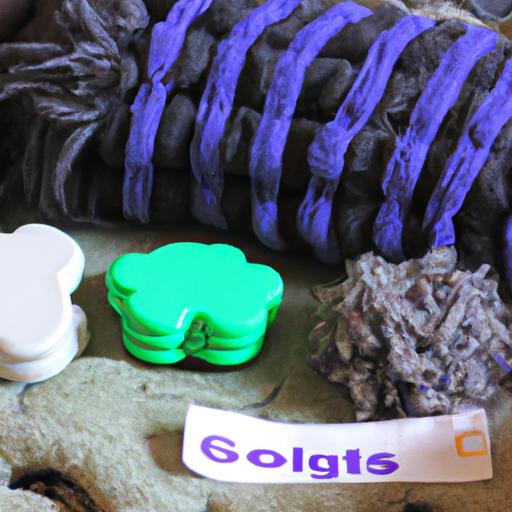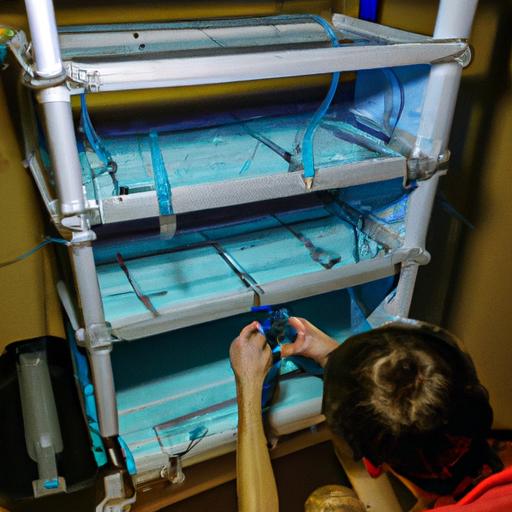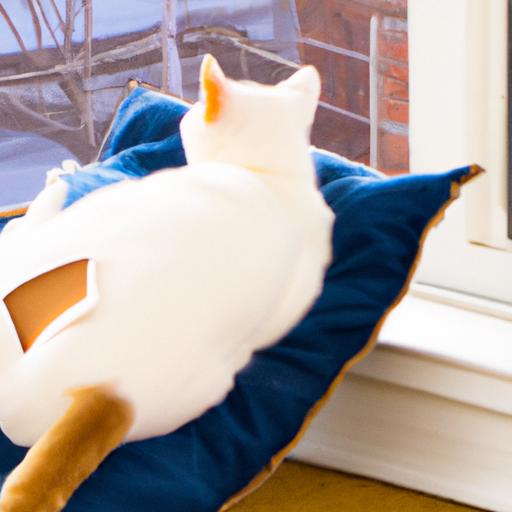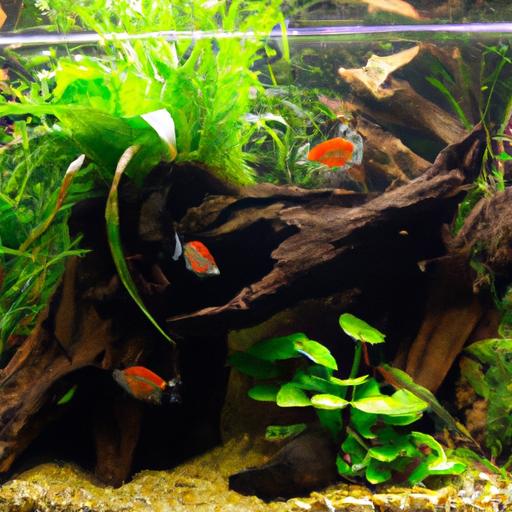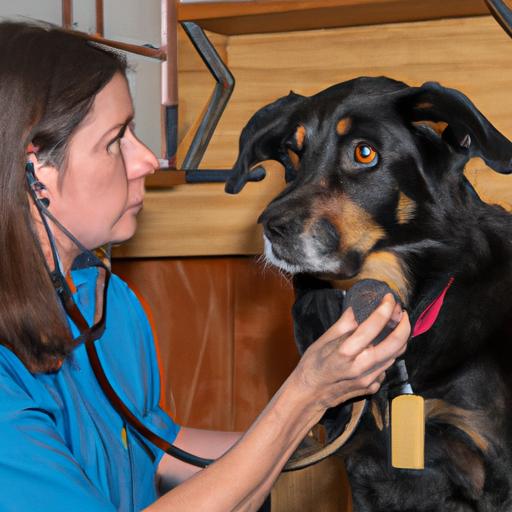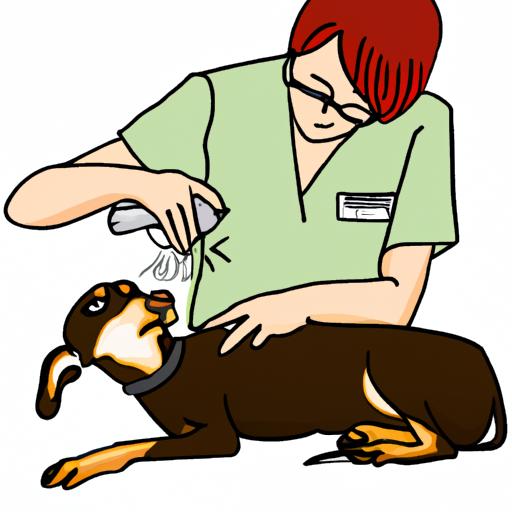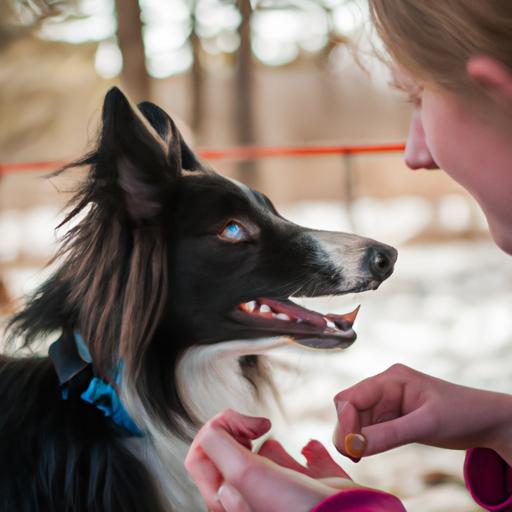
Understanding Cat Slow Tail Puffing: Decoding Feline Behavior
Discover the meaning behind cat slow tail puffing and decode your feline companion’s emotions. Learn how to understand and respond to this intriguing behavior.
Introduction
Have you ever noticed your cat puffing its tail in a slow and deliberate manner? This intriguing behavior, known as slow tail puffing, is a significant element of feline communication that often goes unnoticed by cat owners. Understanding what slow tail puffing signifies can help you decipher your cat’s emotions and strengthen your bond with them. In this article, we will delve into the fascinating world of cat slow tail puffing, unravel its meaning, and shed light on its various aspects.
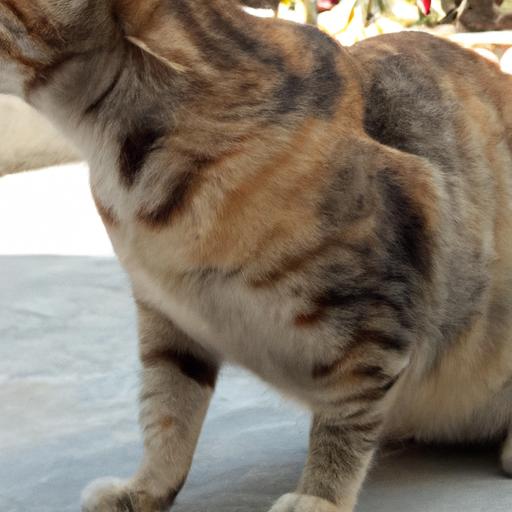
Understanding Cat Slow Tail Puffing
What is Slow Tail Puffing?
Slow tail puffing refers to the deliberate and gradual inflation of a cat’s tail, creating a puffed appearance. Unlike the quick flicking or swishing of the tail, slow tail puffing involves a controlled and measured movement that demands attention. It is essential to differentiate slow tail puffing from other tail behaviors, as each conveys a distinct message.
Common Reasons for Slow Tail Puffing
-
Fear and Aggression: Slow tail puffing can be a response to fear or aggression. When cats feel threatened, they may puff their tails as a warning sign. It serves as a visual deterrent, making them appear larger and more intimidating to potential threats.
-
Stress and Anxiety: Cats may exhibit slow tail puffing when experiencing stress or anxiety. This behavior can arise from changes in their environment, such as moving to a new home or the introduction of a new pet. Recognizing these signs can help alleviate their stress and provide a calming environment.
-
Excitement or Arousal: Cats may puff their tails when they are excited or aroused. This can occur during playtime or when anticipating a meal. Understanding this context can help you engage with your feline companion in a way that enhances their enthusiasm.
Body Language and Signals
In addition to the slow tail puffing itself, cats use various body language cues to convey their emotions. When a cat is slow tail puffing, it is crucial to observe their overall posture and other accompanying signals to interpret their message accurately. Some common body language cues include:
- Erect Ears: Cats may hold their ears up and forward, indicating attentiveness or aggression.
- Dilated Pupils: Enlarged pupils often signify fear, stress, or excitement.
- Arched Back: An arched back can indicate aggression or defensiveness.
- Hissing or Growling: Audible hissing or growling often accompanies slow tail puffing when a cat feels threatened.
By observing these additional body language cues, you can gain a more comprehensive understanding of your cat’s emotional state and respond accordingly.
Frequently Asked Questions (FAQ) about Cat Slow Tail Puffing
What are the possible causes of slow tail puffing in cats?
Slow tail puffing can have various causes, including fear, aggression, stress, anxiety, and excitement. It is essential to consider the context and accompanying body language to accurately determine the underlying cause.
Is slow tail puffing always a sign of aggression or fear?
While slow tail puffing can indicate aggression or fear, it is not always the case. Cats may puff their tails when excited or aroused during playtime or other stimulating activities. It is crucial to consider the overall context and body language to decipher the true meaning behind slow tail puffing.
How can I differentiate between slow tail puffing and other tail behaviors in cats?
To differentiate slow tail puffing from other tail behaviors, pay attention to the gradual and deliberate inflation of the tail. Other tail behaviors, such as quick flicking or swishing, are usually more rapid and less controlled. Additionally, consider the accompanying body language and overall context to accurately interpret your cat’s behavior.
Can slow tail puffing be a sign of a medical issue?
In some cases, slow tail puffing can be associated with medical issues such as pain or discomfort. If you notice persistent or unusual slow tail puffing accompanied by other signs of distress, it is advisable to consult a veterinarian to rule out any underlying health concerns.
Conclusion
Understanding cat slow tail puffing is a valuable skill for cat owners, enabling them to decode their feline companion’s emotions and strengthen their bond. Whether it signifies fear, aggression, stress, or excitement, slow tail puffing provides insights into your cat’s state of mind. By observing the accompanying body language and considering the overall context, you can respond appropriately and provide a nurturing environment for your beloved pet. So, the next time your furry friend puffs their tail, remember to pay attention to their subtle communication and engage with them in a way that fosters trust and understanding.







